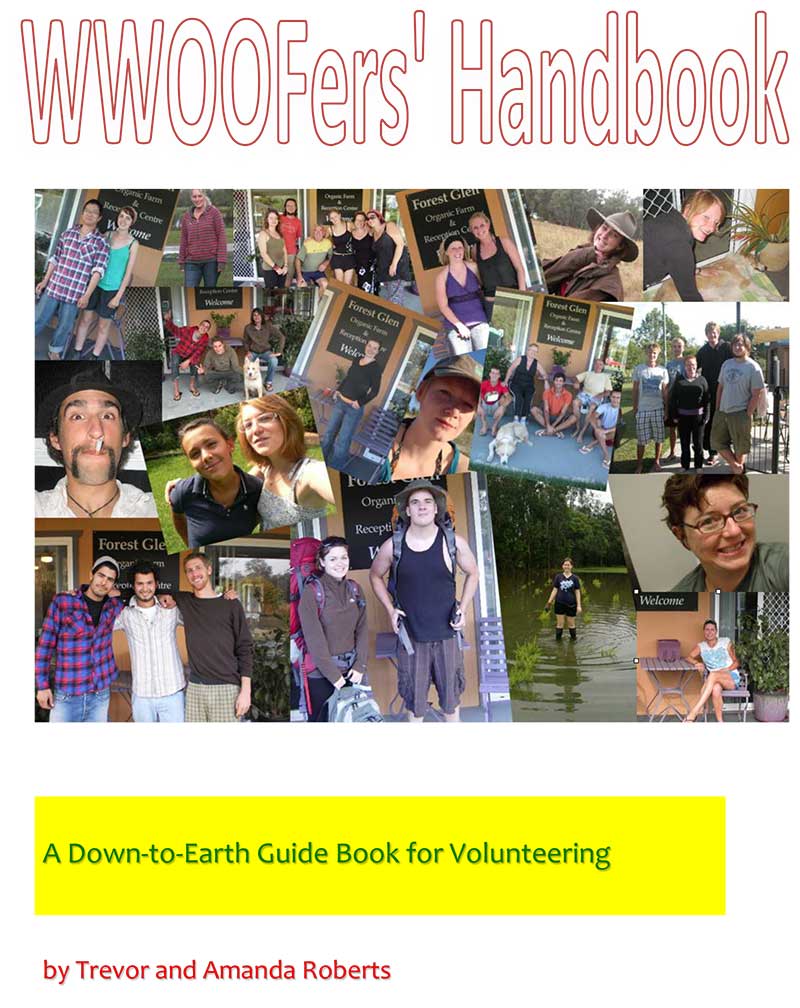
The Australian Earth Building Handbook by Dr Peter Walker, University of Bath and Standards Australia sets out the principles of accepted good practice and recommended design guidelines for lightly loaded, primarily single and two-storey buildings constructed using unbaked earthen walls and floors. The handbook gives a detailed step by step guide into the processes of constructing a dwelling out of mud brick. It also provides advice on wall layouts, protective coatings, damp proofing, termite protection, lintels, window frame fixings and durability. A full PDF version of the handbook can be found on the SAI Global website. B-sides And Otherwise Morphine Rar: Full Version Software. – Christine Abela.
Author by: Fernando Pacheco-Torgal Language: en Publisher by: Woodhead Publishing Format Available: PDF, ePub, Mobi Total Read: 95 Total Download: 967 File Size: 46,8 Mb Description: Masonry walls constitute the interface between the building’s interior and the outdoor environment. Masonry walls are traditionally composed of fired-clay bricks (solid or perforated) or blocks (concrete or earth-based), but in the past (and even in the present) they were often associated as needing an extra special thermal and acoustical insulation layer. However, over more recent years investigations on thermal and acoustical features has led to the development of new improved bricks and blocks that no longer need these insulation layers. Pang 96 The Game more. Traditional masonry units (fired-clay bricks, concrete or earth-based blocks) that don’t offer improved performance in terms of thermal and acoustical insulation are a symbol of a low-technology past, that are far removed from the demands of sustainable construction. This book provides an up-to-date state-of-the-art review on the eco-efficiency of masonry units, particular emphasis is placed on the design, properties, performance, durability and LCA of these materials. Since masonry units are also an excellent way to reuse bulk industrial waste the book will be important in the context of the Revised Waste Framework Directive 2008/98/EC which states that the minimum reuse and recycling targets for construction and demolition waste (CDW) should be at least 70% by 2020. On the 9th of March 2011 the European Union approved the Regulation (EU) 305/2011, known as the Construction Products Regulation (CPR) and it will be enforced after the 1st of July 2013.
The future commercialization of construction materials in Europe makes their environmental assessment mandatory meaning that more information related to the environmental performance of building materials is much needed. Provides an authoritative guide to the eco-efficiency of masonry units Examines the reuse of waste materials Covers a range of materials including, clay, cement, earth and pumice. Author by: Horst Schroeder Language: en Publisher by: Springer Format Available: PDF, ePub, Mobi Total Read: 12 Total Download: 165 File Size: 46,9 Mb Description: This book provides an insightful overview of the current state of earth building. The author approaches the subject from the perspective of the building material’s life cycle, featuring in-depth explanations of the cycle's individual steps: extraction and classification of construction soil; production of earth building materials and earthen structures; planning, construction and renovation of earth buildings; and demolition and recycling of earthen structures. This unique resource provides examples of sophisticated earth building projects and illustrates the diverse applications of earth as a building material. Compared to conventional mineral building materials, earth possesses particularly positive ecological qualities such as its energy balance and recyclability.